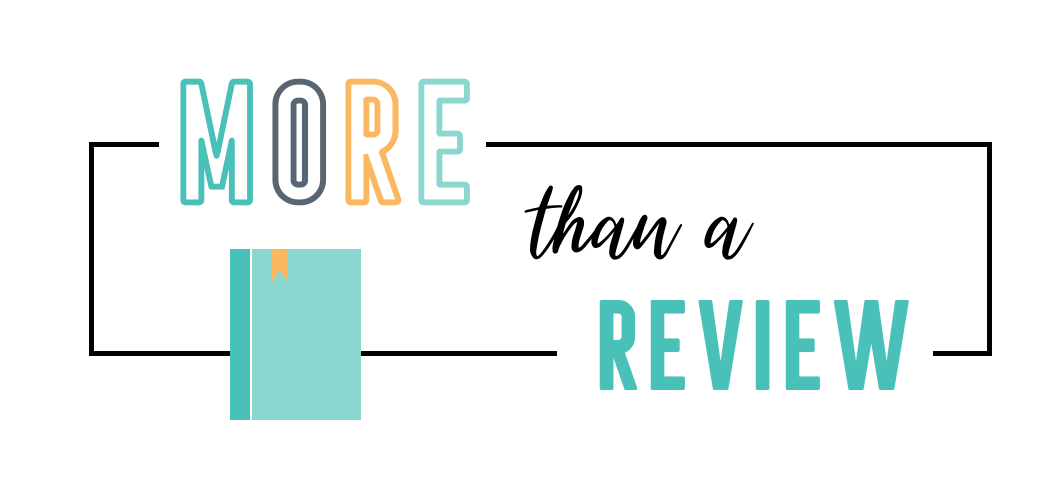The Year without a Purchase is the story of one family’s quest to stop shopping and start connecting. Scott Dannemiller and his wife, Gabby, are former missionaries who served in Guatemala. Ten years removed from their vow of simple living, they found themselves on a never-ending treadmill of consumption where each purchase created a desire for more and never led to true satisfaction. The difference between needs and wants had grown very fuzzy, and making that distinction clear again would require drastic action: no nonessential purchases for a whole year. No clothes, no books, no new toys for the kids. If they couldn’t eat it or use it up within a year (toilet paper and shampoo, for example), they wouldn’t buy it.
Filled with humorous wit, curious statistics, and poignant conclusions, the book examines modern America’s spending habits and chronicles the highs and lows of dropping out of our consumer culture. As the family bypasses the checkout line to wrestle with the challenges of gift giving, child rearing, and keeping up with the Joneses, they discover important truths about human nature and the secret to finding true joy. The Year without a Purchase offers valuable food for thought for anyone who has ever wanted to reduce stress by shopping less and living more.
-
Sexual Content - /5
/5
-
Violence - /5
/5
-
Language - /5
/5
-
Drugs and Alcohol - /5
/5
Summary
This book is about a family who had spent time as missionaries in Guatemala and had seen firsthand how little the people could survive on. When they got back home they decided to try to limit their purchases for a whole year as an experiment.. If it was not an absolute essential they did not buy it. They did grocery shop, but did not buy gifts, clothing or books. They tried to show their two young children that home made gifts were just as good as something store bought. Their very strong Christian beliefs carried them forward and although they still tithed to the church,they decided not to purchase anything they could not eat or use within a year. The first part of the book was interesting, but then they began to include restaurant gift cards and eating out into their schedule. The whole concept was lost for me when they bought their daughter a $100 doll and seemed to justify items that I don't think would have been permitted had they stuck to their original agenda. For this reason I gave the book less stars than I would have if they had truly stuck to their original plan to only purchase essentials

